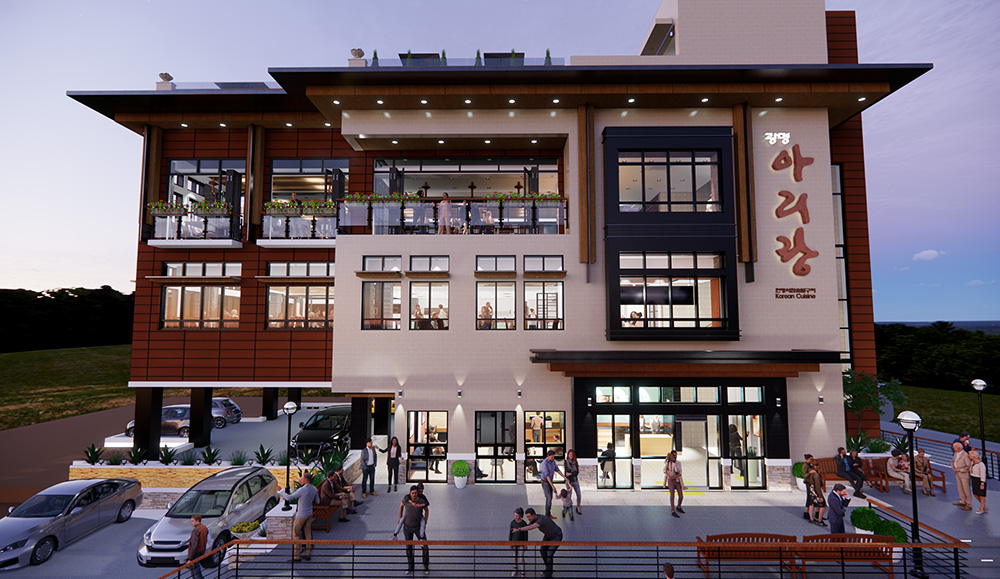2014. 11. 17. 21:42ㆍ00 JK 외 디자인/건물 (Buildings by Others)
2014, BUILDING DESIGNERS ASSOCIATION OF VICTORIA AWARDS
Winner . Residential Alterations + Additions Over $500K Construction Cost
The Carpenter Street Residence is the second project we have worked on for this client, now a family, who were looking to find a balance between spatial distinction and human connectedness. Introspective spaces of the existing home were to transform into light filled spaces at the rear. Key to the client’s brief was a home that could suit the needs of a young family now and adapt to their needs in the future, a home that promoted human interaction and family togetherness.
The existing dwelling is a traditional weatherboard bungalow with ornate period features and a lean-to at the rear. A large tree located to the rear of the block in many ways determined the scale of the additions as a tree that was in, then out when it looked lost, and back in again after it was saved by an arborist.
Located on a busy road the focus of this house for a young family was always going to be away from the street. Insular, introspective and private spaces of the existing home transition into the open light filled spaces of the additions.
The Carpenter Street Residence challenges the form of a traditional weatherboard bungalow in Brighton through the use of simple forms and beautiful materials featuring spotted gum and titanium zinc. A curved feature clad in timber frames a view into a small backyard with a very large tree and is offset with a simple titanium box on the first floor housing 3 bedrooms, 2 bathrooms and a living area, spaces that will cater for expanding family life. Voids connect the first floor with the active zones of the ground floor and glass operable walls open onto refined outdoor spaces.
Moving through the house you transition from introspective and insular spaces with period features through to light and open spaces. The circulation space assists this transition from old to new and contains the glass feature wine cellar a two storey void and the feature timber stair designed to look like stacked timber blocks leading you from old to new.
From the additions, the focus of the house is the entire property and is not defined by the walls of the house. The interior and exterior work together to blur the boundaries and increase the sense of space. This is reinforced in the detailing of the interiors with elements such as the window frames being set into the floor and ceiling.
The home has been transformed from dark and insular to light and open, creating inviting and connected spaces that facilitate personal connection and family togetherness.
'00 JK 외 디자인/건물 (Buildings by Others)' 카테고리의 다른 글
| 캠핑장 및 소규모 조립형 주택 (0) | 2014.11.20 |
|---|---|
| Y Duplex Penthouse / Pitsou Kedem Architects (0) | 2014.11.18 |
| saraiva bookstore in rio de janeiro by studio arthur casas (0) | 2014.11.08 |
| fernandez-abascalmuruzábal compose residence-study in mijares, spain (0) | 2014.11.07 |
| wood cocoons organize heydar aliyev international airport by autoban (0) | 2014.11.06 |














